Common names and uses:
guang ye ding gong teng (Chinese).
The stem is used medicinally.
Editor:
George Staples, Esmond Er
Flowers:
Pedicel 2–5 mm. Outer 2 sepals nearly circular, 3–4 mm, almost glabrous; inner sepals ± elliptic, ca. 5 mm, ± densely rust colored velutinous abaxially, ciliolate. Corolla white, ca. 8 mm, midpetaline bands abaxially densely sericeous; lobules obcordate, margin erose. Filaments 1.5–2 mm, dilated basally; anthers conical, 2–2.5 mm, apex long acuminate. Ovary terete, ca. 2 mm; stigma peltate.
Fruits:
Fruit dark, nearly globose, ca. 2 cm in diam., glabrous.
Habit:
Shrubs, scandent. Branchlets terete, ± angular, lenticellate, appressed puberulous, glabrate.
Inflorescences:
Inflorescences terminal or axillary, racemose or paniculate, 2–7 cm, ± densely rust-colored puberulous with 2-armed hairs.
Accepted name/Authority/Place of publication:
Erycibe schmidtii Craib, Bot. Tidsskr. 32: 352. 1916. TYPE. Thailand. Trat: Koh Chang, Klong Son, Schmidt 686b (isotype K).
Leaves:
Petiole 1–3.5 cm, puberulous to glabrescent; leaf blade ovate-elliptic or oblong-elliptic, 7–12 × 2.5–6 cm, leathery, glabrous, base broadly cuneate to obtuse, apex ± acuminate; lateral veins (7 or)8(–10) pairs, indistinct.





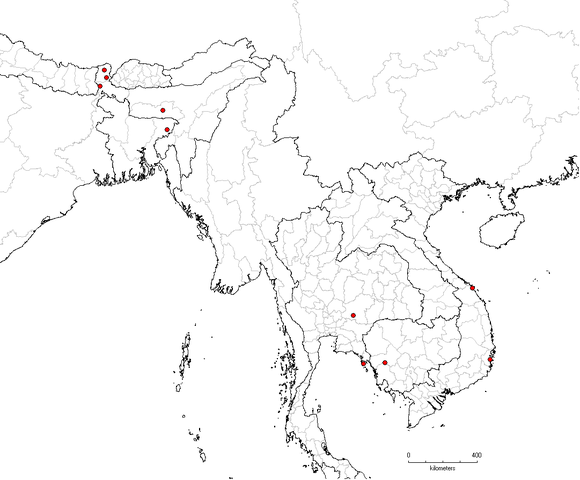

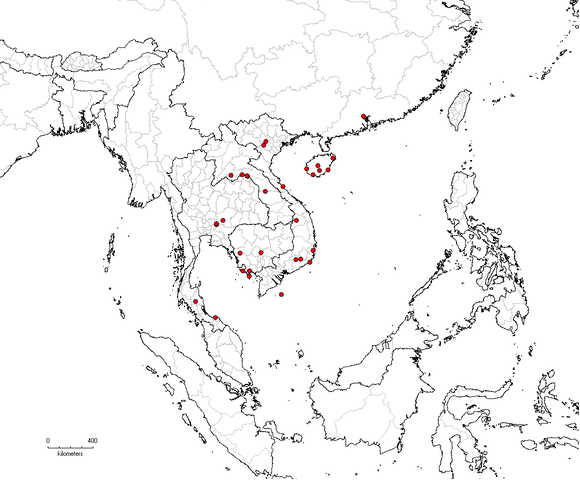



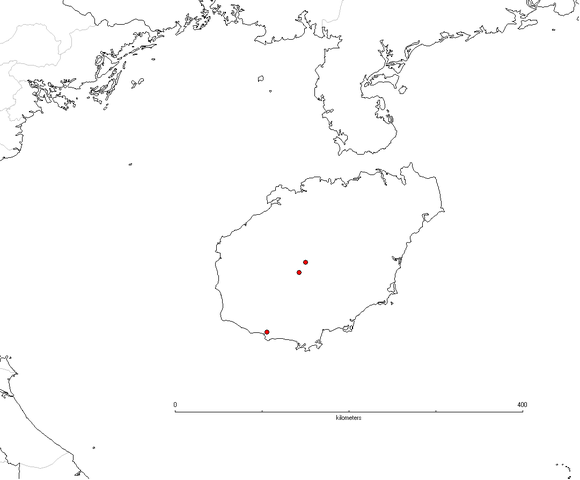

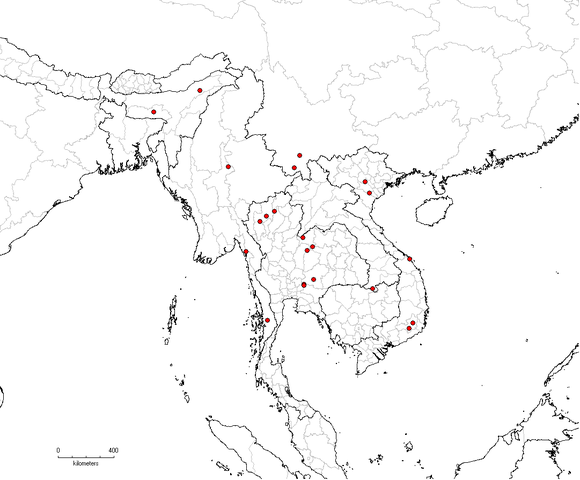
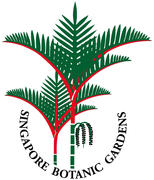
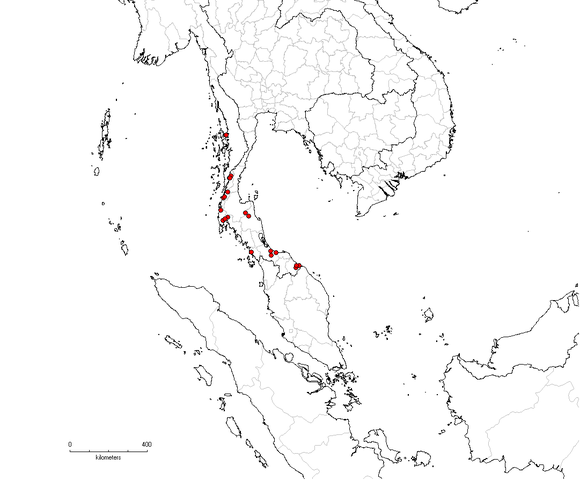




Hoogland
(1953: 358) did not examine any type material for this species and suggested,
based on the description, that it might be conspecific with Erycibe schmidtii Craib.